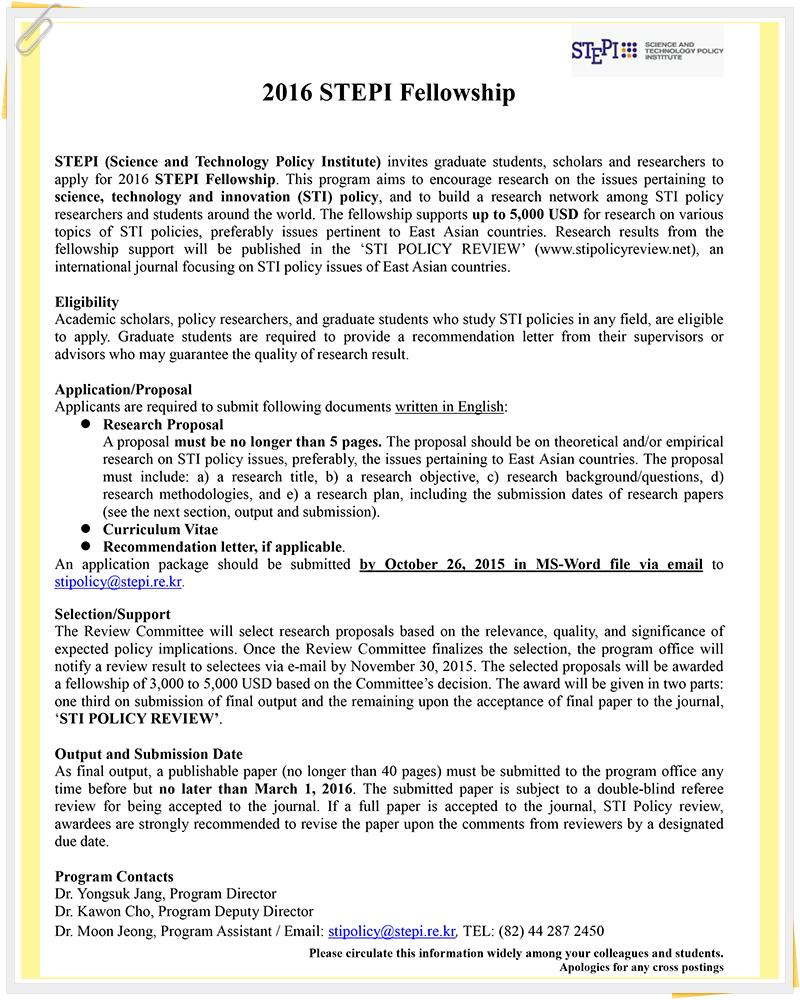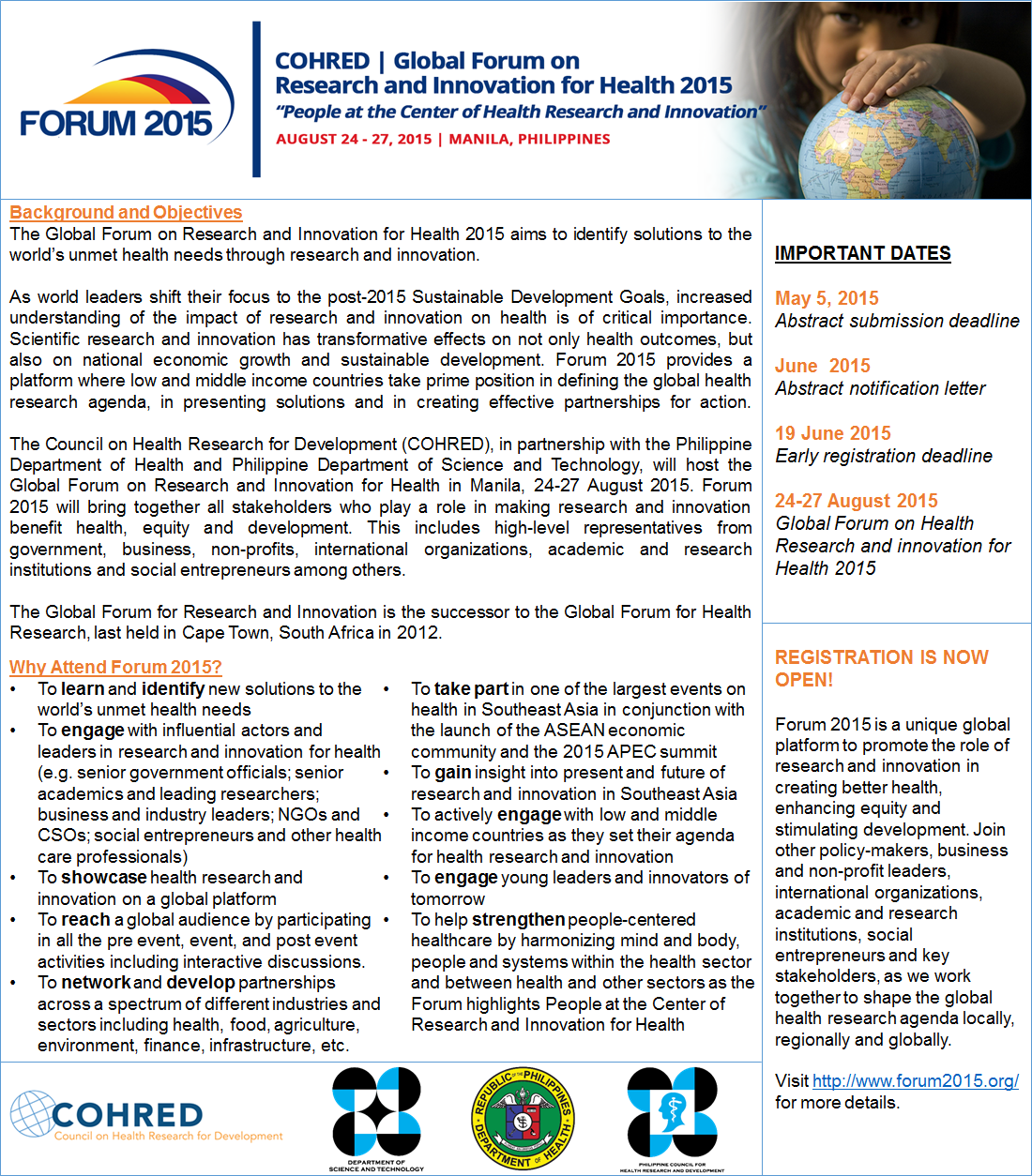- Details
- Category: Latest News
Bamboo has been associated to humans since times immemorial. Bamboo belonging to the grass family Poaceae has been known for its vigorous growth and variety of uses. Bamboo from its culms/ stems, barks, shoots, roots and ashes found different uses for different types of men. Bamboo, as a whole, is a staple in Chinese medicine. In the Philippines, it is widely known for its alternative industrial uses. Its shoots, which is used as food especially in Southeast Asia, is commonly known as labong that is known by the locals as a native vegetable which were both eaten by poor and rich men alike.
Over the years, the Philippine Council for Agriculture, Aquatic and Natural Resources (PCAARD) has conducted researchers about bamboo in the purpose of revitalizing the bamboo industry through sustainable bamboo production, management, utilization and marketing to benefit the bamboo growers, processors and the users of quality bamboo finished products. Bamboo has spurred worldwide attention as a versatile plant with multifarious uses. Its uses ranged from subsistence to commercial food (young shoots) , to building and furniture. It offers vital economic and ecological benefits to many people in the world. The provinces selected were Ilocos Norte in Region 1, Pampanga in Region3, Laguna in Region 4, Camarines Sur in Region 5, Iloilo in Region 6, Cebu in Region 7, and Bukidnon in Region 10.
Kawayan tinik [Bambusa blumeana Schultes f.] is the bamboo species chosen for this program, being the species found to possess physical and mechanical properties such as density and strength that are suitable for engineered bamboo products. Currently, kawayan tinik is the dominant species used for the various bamboo derived products (PCAARRD, 2013).
Recently, two active components found in bamboo were proven to fight against fatigue. These were observed in the studies of Zhou and company (2010) at bamboo leave’s flavonoids entitled: “Anti- athletic fatigue activity of flavonoids from bamboo leaves” and Zhang and company (2006) at bamboo shaving’s triterpenoids entitled: “Anti- fatigue activity of a triterpenoid- rich extract from Chinese bamboo shavings (Caulis bamfusae in taeniam)”.
Fatigue may be defined as a situation in which the capacity for work is diminished and efficiency of accomplishment reduced. It is usually accompanied by a feeling of physical or mental tiredness, resulting from severe stress and hard physical or mental work. attention. In the past few decades, health scholars and athletic physiologist have sought nutritional materials and tonic drugs, including natural active products and synthetic chemicals, to improve athletic ability, postpone fatigue and accelerate the elimination of fatigue in human beings (Zhang, 2012).
A study was conducted entitled “Effects of Bamboo (Bambusa blumeana)Shoot Extract on Exercise- Induced Fatigue in ICR Mice (Mus muculus)” by Severino and Supan (2014) graduate high school students of Pampanga State Agricultural University that later on won on the 2nd Symposium on Health Research Projects in Region III held by the Central Luzon Health Research and Development Consortium. In the said study, the mice given with fresh extract lasted for 63.10 minutes of exercise, while the mice given with ethanol and distilled water lasted for 23.01 and 10.31 minutes respectively after letting the mice undergo the exhaustive swimming test. Therefore, saying it is effective against athletic fatigue.
Compared with Gatorade, that runs with carbohydrates and the said electrolytes like sodium, chloride, potassium, and phosphate and which is often questioned for its too much amount of sugar that may fluctuate the blood sugar levels incredibly fast causing you to feel more tired and the presence of larger amount sodium over potassium, if proven bamboo shoot extract can be a natural energy booster which would absolutely benefit farmers and their families which often resolve to harvesting bamboo shoots and adding them to their meals. Bamboo, as said earlier is a grass and can be found almost anywhere.
According to Dr. Virgilio T. Bagunu, director of Pampanga State Agricultural University (PSAU) bamboo and rattan project, a study about the bamboo shoot, specially kawayang tinik, would be a great help in expanding knowledge and possibilities about bamboo shoot since it is a native vegetable in the Philippines and specially knowing the information of the vegetable's toxicity level would help us avoid risks and explore usage. Bamboo shoot has also a high potential in export and has a high demand in food and non-food products.
Capitalizing the current trend of the growing population of Asian ethnic origin and without much effort and capital needed, bamboo shoot production could be a very promising livelihood opportunity, especially in countries like the Philippines where bamboos grow in abundance (PCAARD, 2009).
However, like all amateur researches the anti- fatigue of bamboo shoot has its own drawbacks. The higher the improvement in the tolerance against fatigue the greater the damage it caused in the mice liver, proving toxicity, though it may be because of the saying that anything in excess is poison.
As a result, further studies regarding bamboo shoots are required to gain more knowledge about it to discover probable yet undiscovered health benefits of bamboo which would benefit a huge number in our population.
- Details
- Category: Latest News
Soon the tedious manual method of recording, keeping and retrieving patient record in hundreds of rural health units (RHUs) in the country will be a thing of the past. This, as the Department of Science and Technology – Philippine Council for Health Research and Development (DOST-PCHRD) and the Ateneo de Manila University (ADMU) launched the eHATID LGU Project in Region 3 last June 17, 2015 in the City of San Fernando, Pampanga.
The eHealth Tablet for Informed Decision Making of LGUs or eHATID LGU project is envisioned to do away with much of the paper work involved in keeping patients records in RHUs through the provision of tablet devices that can generate Electric Medical Records (EMR). This makes it easier to process reports needed by government agencies such as the Department of Health and PhilHealth through a mobile application that can be accessed through any mobile device.
Dr. Dennis Batangan of the Ateneo School of Social Sciences – Institute of Philippine Culture and eHATID LGU Project Director, said that aside from the mobile application, a web-based universal health information system dashboard through which regional and provincial government units can access aggregated health reports will also be deployed to RHUs.
During the event, two units of Lenovo tablets were distributed to LGUs who have signed up for the project. These are Bacolor, Lubao, Sta. Rita and Minalin in Pampanga; Cabiao, General Natividad, Guimba, Rizal, San Isidro, San Jose City, Santa Rosa, Santo Domingo and Talavera in Nueva Ecija; Abucay, Dinalupihan, Morong, Hermosa, Bagac and Pilar in Bataan; and Bustos in Bulacan.
Municipal Health Officers and IT staff from these LGUs were also trained in the use of the device and the mobile application. To make sure that the project is implemented smoothly, regional technical assistance providers or RTAPs have also been trained to provide technical support to the LGU partners.
Aside from these municipalities, eleven LGUs in Bulacan have earlier been trained and given the tablets in turn over ceremonies and training held last May 5, 2015 at the Hiyas ng Bulacan Convention Center in Malolos.
Dr. Batangan is inviting other LGUs to be a part of the project through a letter of intent signifying their agreement to abide by the terms of the project.

Hands-on training of the participants of the eHATID app
- Details
- Category: Latest News
Deadline of submission of entries to the consortium: May 22, 2015
Click here to download the DOST-PCHRD-Gruppo Medica Award Nomination Form and Guidelines:Guidelines, Nomination Form
For inquiries, please call Ms. Camille Sunglao at (045) 455-1733










